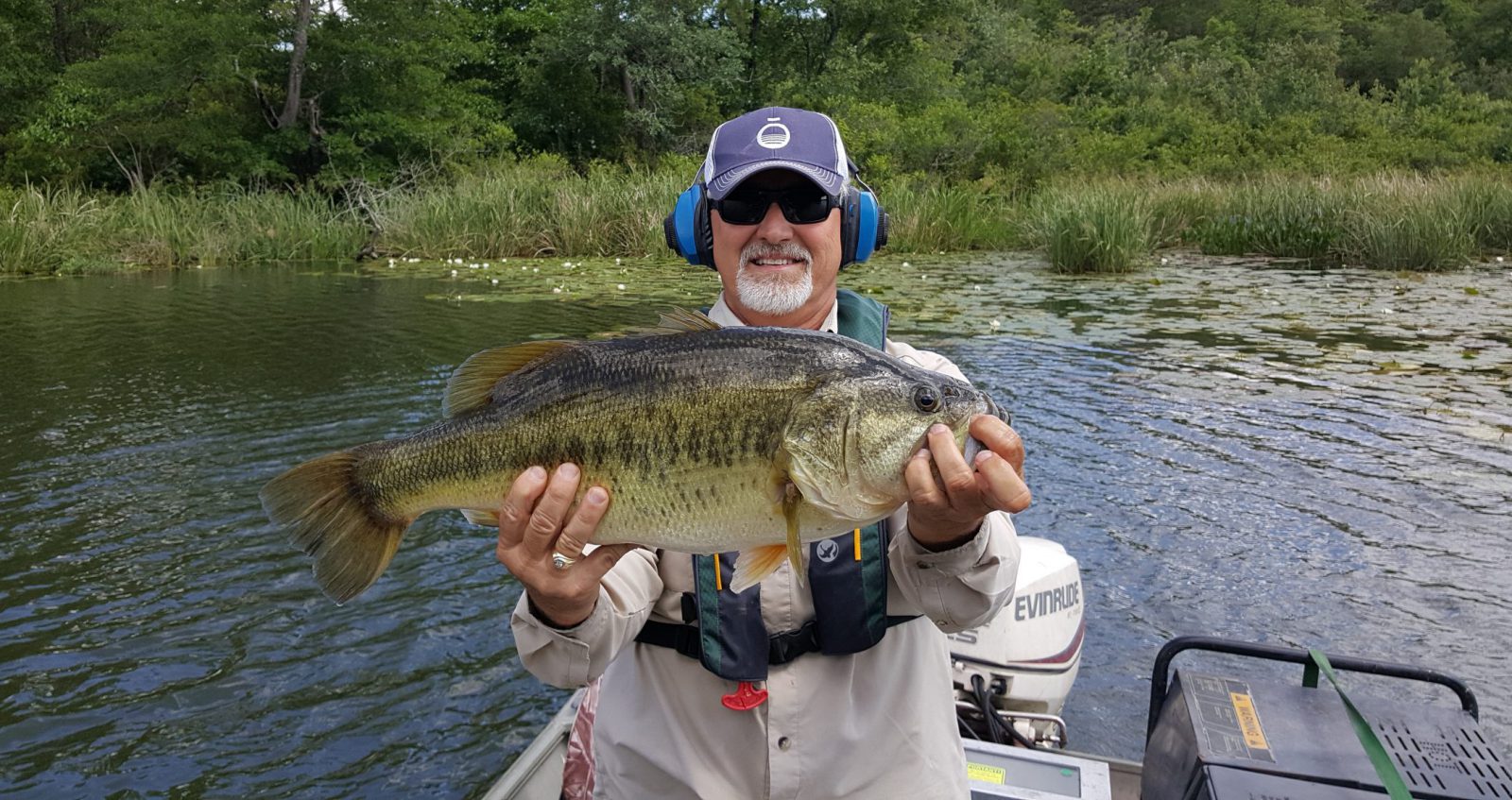
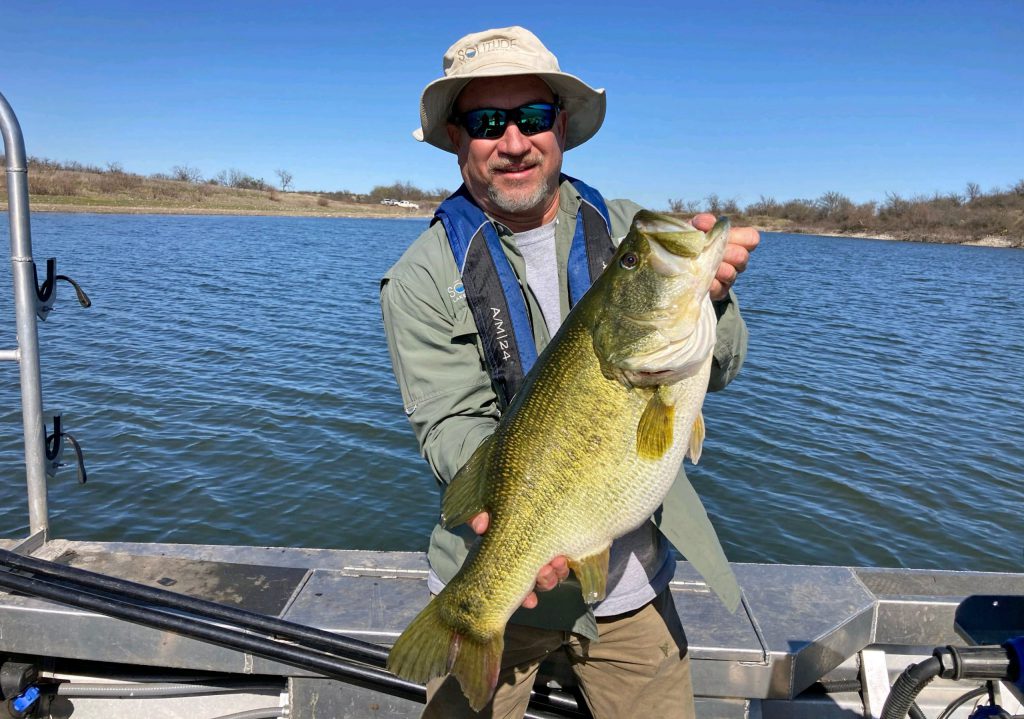
1. Determine Your Goals
It is important to determine long-term objectives for any fishery. Goals will directly influence the methods chosen to improve fish health and growth, as well as the fishing experience. This is the first step in the process of managing a fishery. A few goals to consider are: a balanced fishery, great fishing for kids, a good largemouth bass fishery, or a trophy largemouth bass fishery.
2. Develop a Fisheries Management Plan
A Fisheries Management Plan (FMP) is the basis for any fishery under management. It is a comprehensive approach for managing individual lakes and ponds and the fish populations by using a variety of proven tools and techniques. In this step, your goals, budget and management options are discussed and with the help of a fisheries biologist, a realistic management approach is chosen.
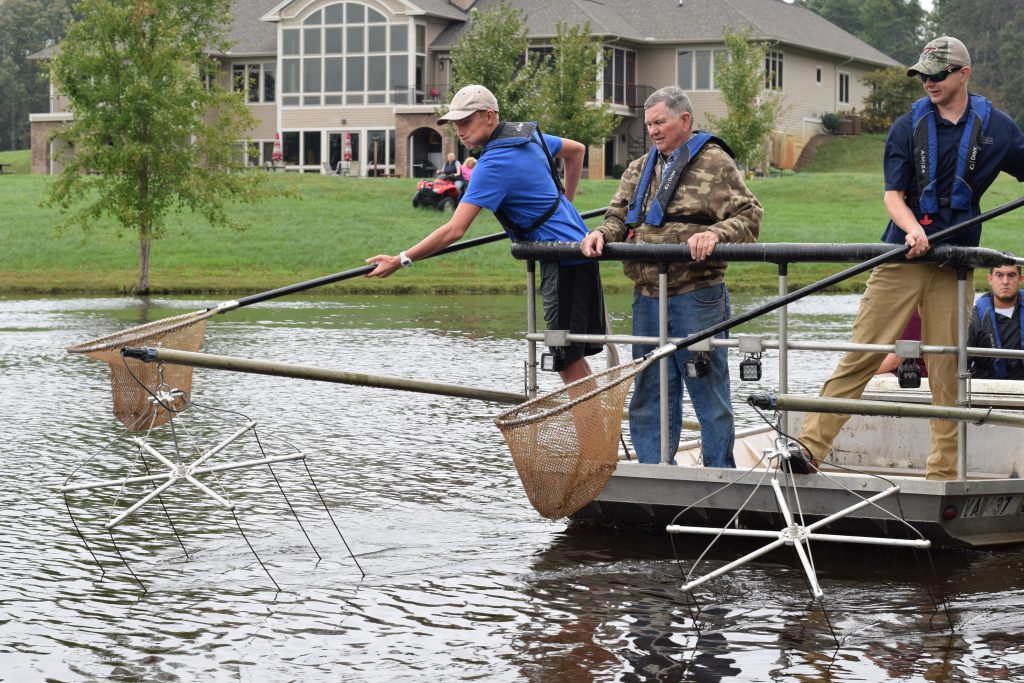
3. Conduct An Electrofishing Survey
Electrofishing is a fish sampling tool used to gather fish population data that allows pond managers to make accurate decisions and improve management techniques. For owners looking to restore a fishery to a balanced state, an initial study should be part of the fisheries management plan. Electrofishing is typically completed in the spring and fall months.
4. Perform Water Quality Tests
Water quality plays a large role in keeping both the fish and the surrounding ecosystem healthy and prosperous. With a fit environment, you will set the foundation for a healthy fishery. Water quality can be tested year-round, but it is best to refer to the schedule outlined in your fisheries management plan.
5. Add Aeration
Aeration is a great tool used to keep most water quality parameters within an acceptable range. Lake and pond aeration improves circulation of the water column and improves dissolved oxygen levels. As a result, aerated waterbodies support higher levels of productivity. Aeration can be installed year-round and is typically installed as soon as possible.
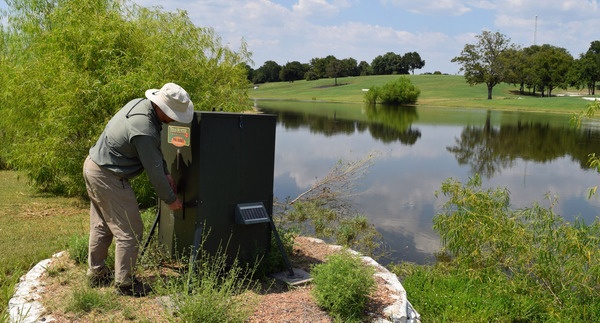
6. Install A Fish Feeder
Automatic fish feeders filled with pellet feed are an ideal method to feed many species of fish including both forage fish and predator fish. The additional food source will allow the fishery to support much greater biomass of fish, while also congregating fish to key locations, which allows kids a great opportunity to both observe and catch fish. Fish feeders can be installed year-round.
7. Manage Plankton Levels
Maintaining desirable plankton species by taking part in a fertilizing program is a great way to increase the amount of fish a pond can support. Properly fertilized ponds can sustain 3-4 times the biomass of fish than that of unfertilized ponds. Fertilizing is typically completed throughout the spring, summer, and fall months.
8. Plant Beneficial Emergent Vegetation
Although vegetation is often considered a nuisance, it can play an important role in achieving balance within a pond’s ecosystem. Installation of noninvasive beneficial emergent plant species around the perimeter of the pond provides habitat, refuge, and food for a wide variety of organisms. These plants mesh very well with the long-term fisheries management since they only occupy shallow water and they do not require expensive herbicides to control. These plants are typically installed in the early summer months.
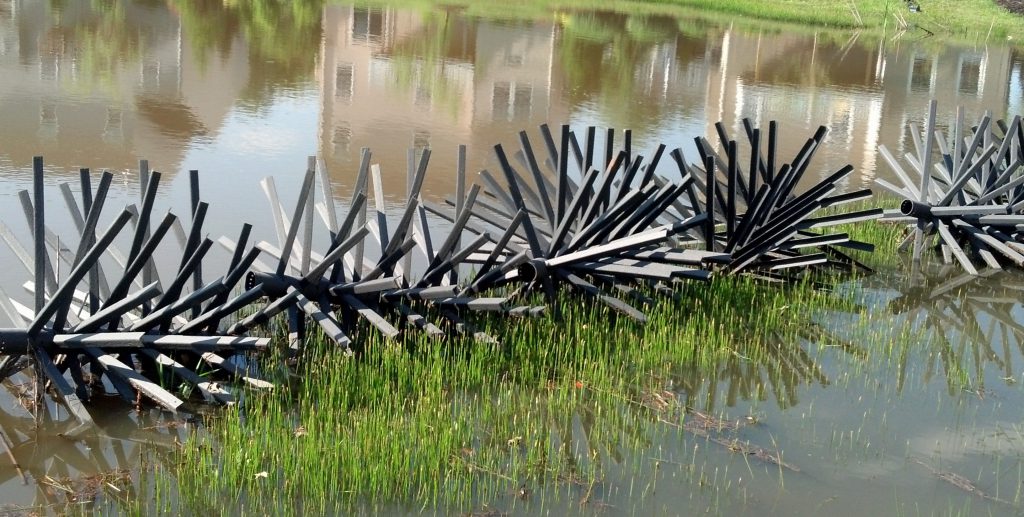
9. Install Fish Cover
Improving fish cover provides needed refuge to small fish and the desired hunting habitat for larger fish. The biggest benefit to cover is that it can improve angler’s catch rates. Fish cover can consist of either natural or artificial materials and can be installed any time of the year.
10. Stock Supplemental Forage Fish
Stocking supplemental forage fish is an important step that keeps a fisheries forage base strong and abundant. The species of fish stocked and the quantity are dependent on the goals and current needs of the fishery. Most fisheries under management are stocked annually with threadfin shad in the spring, or golden shiners in the fall.
11. Stock Rainbow Trout
Adding trout to a private or community pond in the fall is one of the easiest things owners can do to create diversity for anglers and add excitement to their winter fishing experience. Additionally, they serve as an outstanding food source for pond owners looking to grow big bass.
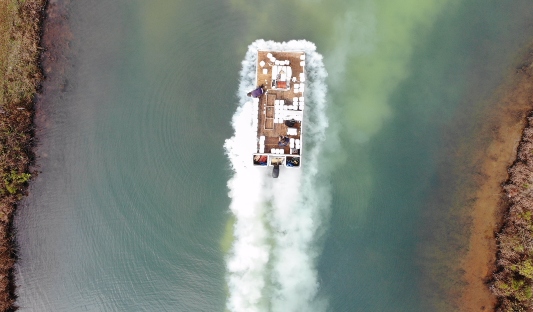
12. Perform A Liming Application
Adding lime increases the waters alkalinity levels, directly affecting the availability of nutrients to aquatic organisms. Low alkalinity levels reduce productivity in ponds and are also responsible for broad swings in pH which are very stressful to fish. Good alkalinity is key to creating and maintaining a productive fishery. Fall and winter months are the best time of year to add limestone to ponds.
Speak with an experienced Fisheries Biologist today to assess your current fishery and help you meet your long term fisheries goals!
Contact the experts at 888-480-5253 for all of your lake, pond and fisheries management needs.
SOLitude Lake Management is a nationwide environmental firm committed to providing sustainable solutions that improve water quality, enhance beauty, preserve natural resources and reduce our environmental footprint. SOLitude’s team of aquatic resource management professionals specializes in the development and execution of customized lake, pond, wetland and fisheries management programs that include water quality testing and restoration, nutrient remediation, algae and aquatic weed control, installation and maintenance of fountains and aeration systems, bathymetry, mechanical harvesting and hydro-raking, lake vegetation studies, biological assessments, habitat evaluations, and invasive species management. Services and educational resources are available to clients nationwide, including homeowners associations, multi-family and apartment communities, golf courses, commercial developments, ranches, private landowners, reservoirs, recreational and public lakes, municipalities, drinking water authorities, parks, and state and federal agencies. SOLitude Lake Management is a proud member of the Rentokil Steritech family of companies in North America.









